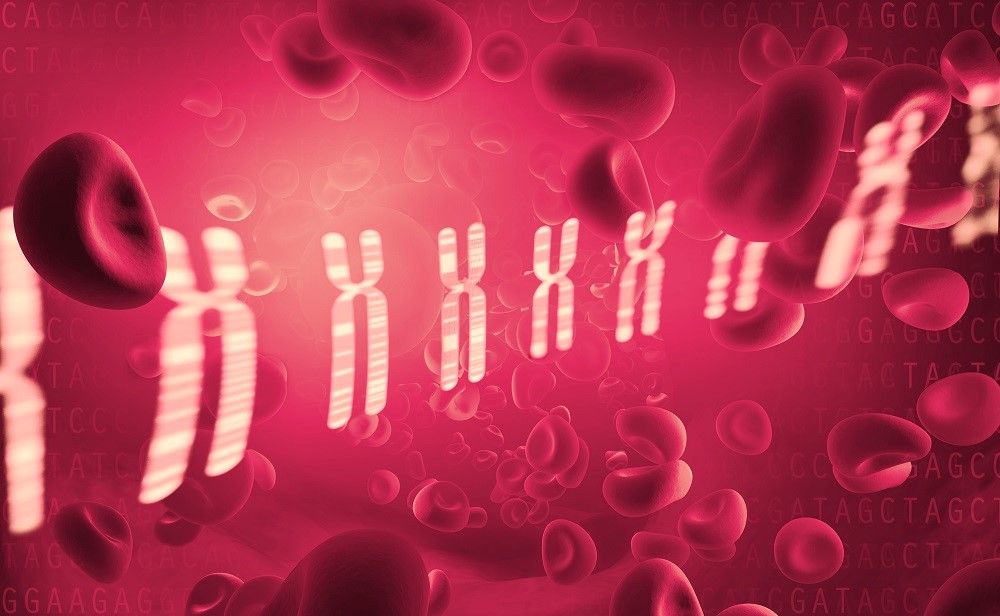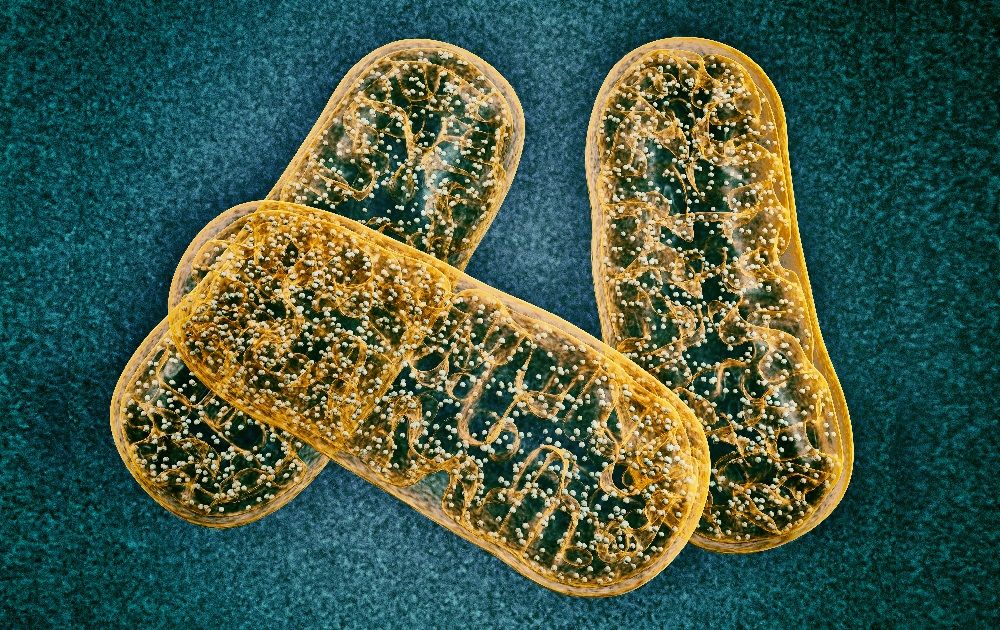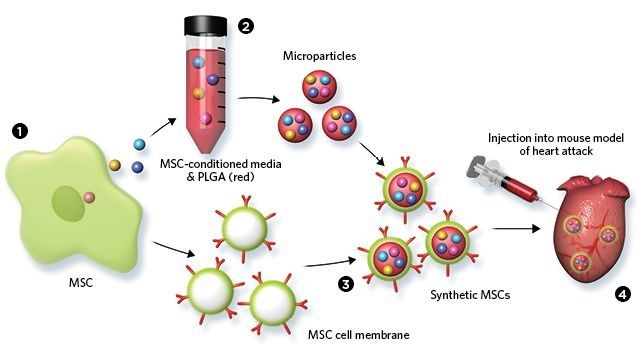A single infusion gene therapy treatment improved levels of the essential blood clotting protein Factor VIII, with 85 percent of patients achieving normal or near-normal levels of the blood clotting factor, even many months after treatment.
Summary: British doctors say they have achieved “mind-blowing” results using gene therapy to rid people of hemophilia A. [This article first appeared on LongevityFacts. Author: Brady Hartman.]
We are one step closer to a cure for hemophilia according to the results of a groundbreaking gene therapy trial published in the New England Journal of Medicine.
Clinical researchers at the Queen Mary University of London and Barts Health NHS Trust have found that over one year after a single gene therapy treatment, patients with hemophilia A are showing normal levels of the previously missing blood clotting factor, effectively curing them.




